
As the temperature outside starts its gradual decline, my heating is looking increasingly tempting.
However, after a long summer untouched, my radiators are coated in dust. It's not just an aesthetic problem; it risks higher energy bills and musty smells.
Luckily, with three years of writing about cleaning under my belt, I have discovered the perfect hack for cleaning radiators – a $7 dryer brush from Walmart.
The quickest way to get dust off your radiators before turning the heating on
Dryer lint brushes are not just suited to awkward seals and drums in your best clothes dryer. The long reach and flexible handle mean it is perfect for getting down into gaps in radiators to dislodge dust, without damaging your home.
So far as cleaning tips go, this one is pretty self-explanatory.
Use the clean, dry brush to poke down into all the gaps in your radiator to push out the dust that has settled inside and against the wall.
Putting a dust sheet, from Walmart, or an old towel underneath the radiator can help to collect any clumps that are dislodged, but I find a quick run around with the best cordless vacuum after dusting to be more than sufficient.
It's quick, cheap, and easy, not to mention far less damaging than the awful internet trend of pouring a bucket of water through your wall-mounted radiators. That is a one-way ticket to mold and rust.
Although dusting radiators might not sound like an important fall cleaning task, it is one of the best ways to make heating more efficient, with the result being increased comfort and savings on energy bills.
Nick Barber, co-founder at Utilities Now, explains, 'Dust not only impacts airflow, it also decreases heat transfer efficiency.
'When you have dust accumulation on radiators, baseboard heaters, or furnace heat exchangers, the system cannot move heat as efficiently, so it must operate longer to achieve the same temperature.
'Dusting radiators and vents and having an annual HVAC tune-up keeps the system running efficiently.'
As someone who already struggles to keep a poorly insulated home warm, it is a must-do fall home maintenance task every year.
What to shop
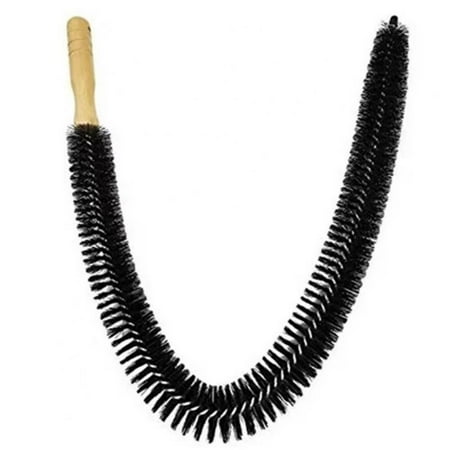
The long reach and flexible handle mean it is perfect for getting down into gaps in radiators to dislodge dust, without damaging walls or fixtures.
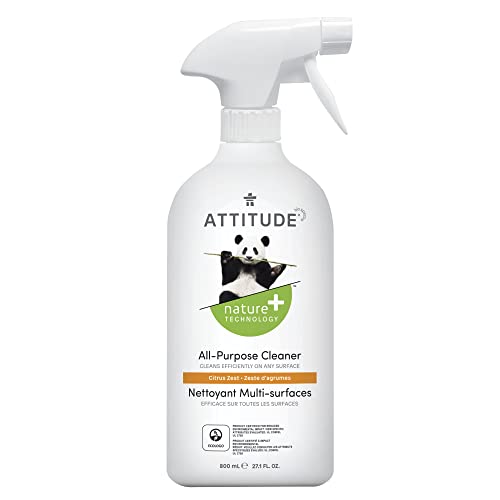
Dampening your cloth or brush with an all-purpose cleaner can help dust to stick for easier removal. The Environmental Working Group (EWG) has certified Attitude products as non-toxic, meaning they contain no harsh chemicals or artificial compounds.
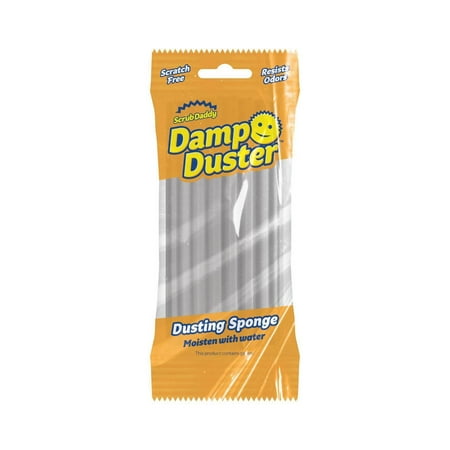
The Damp Duster is great for allergy sufferers as it removes all dust, pollen, pet hair, and more from flat surfaces and awkward gaps. Better yet, it's easy to clean – simply wash the sponge with water to remove dust and grime.
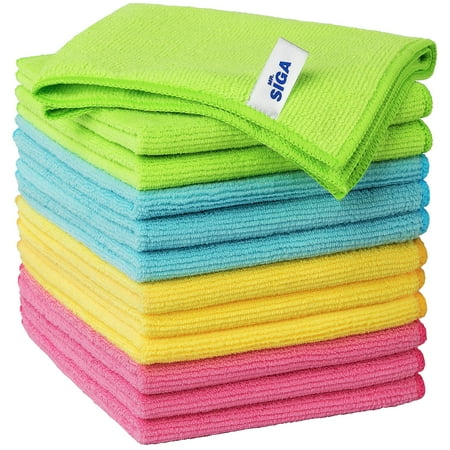
These are machine washable, meaning you can reuse them for years with proper care. They're ideal for the tops and fronts of radiators, and cleaning walls around them. Just skip the laundry softener to avoid reducing the microfiber's absorbency.

This large room air purifier cleans rooms up to 1,000 sq ft in one hour. It is ideal to run when you're dusting your home to help capture any particles that are dislodged into the air, preventing them from settling elsewhere again.
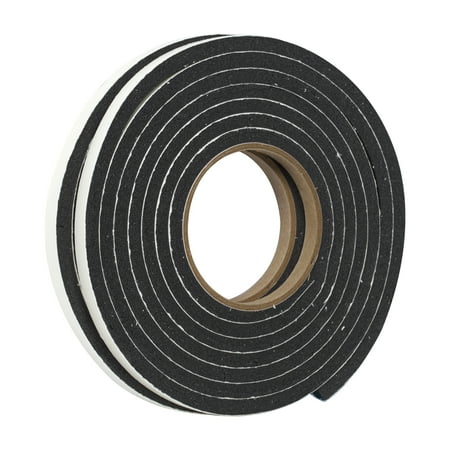
Dusting is not the only way to make heating efficient. Draft-proofing your home by blocking gaps around windows and doors can help to stop air transfer for a warmer home.
Meet the expert
While you're cleaning, why not take the time to bleed your radiators, too, to improve efficiency and save money at home over fall and winter?







